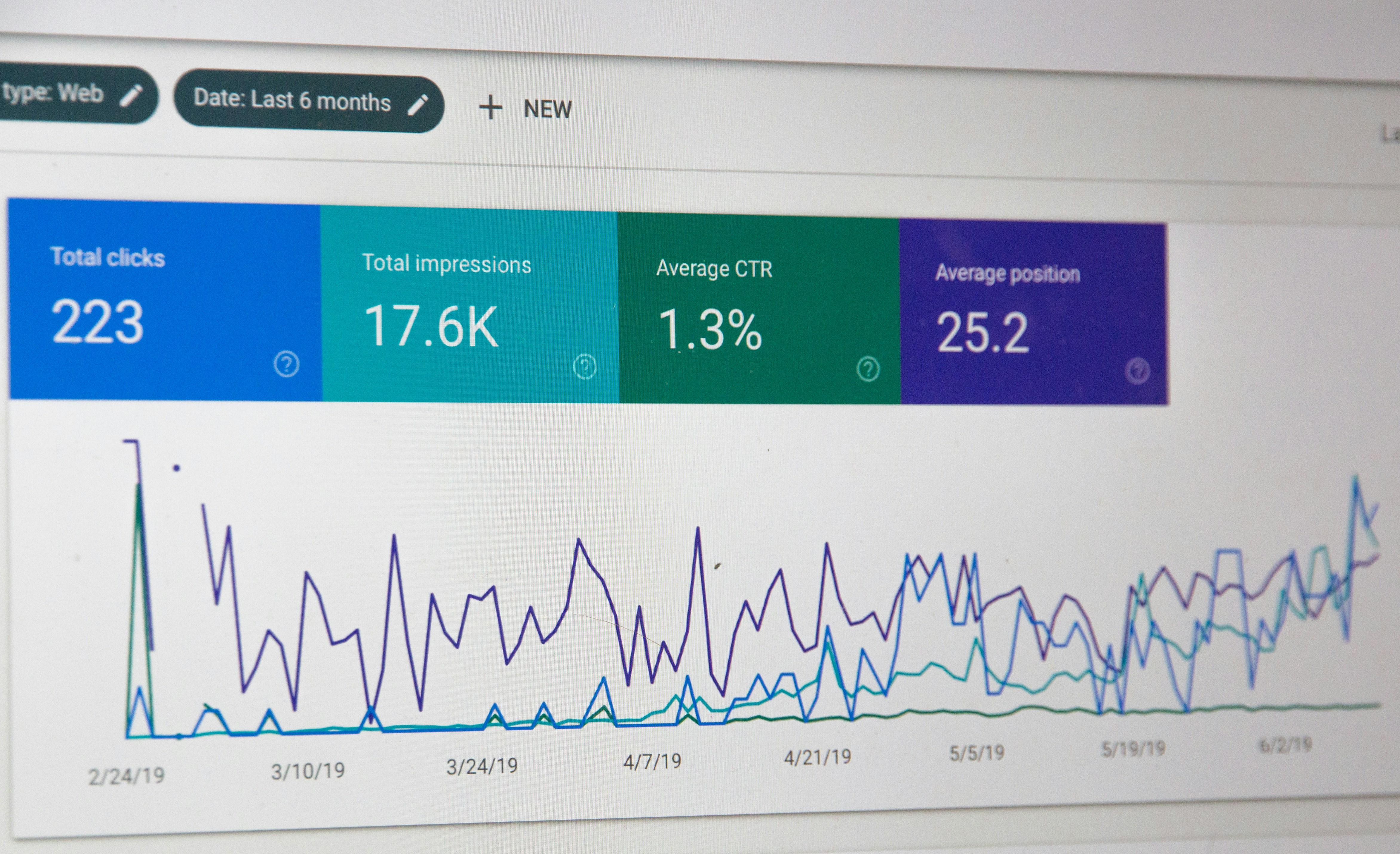Rebranding can be a stressful process. You’re working on the changes that need to be implemented while also maintaining your current branding until you are ready for the new launch. There is also the concern that you may lose steam or that the rebranding will not be successful. Here are five things to consider in regard to SEO when rebranding your website. You do not want to lose the progress you’ve already made in getting a top ranking in search engines, but you need to ensure that your new website gets some love, too. As you work through your rebranding process, you’ll find you can reuse the content already created, the domain name, and the keywords that were already strong parts of your SEO strategy prior to the rebranding.
1. Keep your domain name

Your domain name and URL structure are vital to your overall SEO strategy because everything is linked together. When you are rebranding, keeping your domain name and URL structure will work to maintain the growth and connections you have already earned. Choosing a brand new domain name will mean essentially starting over — both with building your brand and search engine ranking. If your Domain Authority (DA) is high, you won’t want to mess with it, because a new URL means you’d be starting from scratch with Google.
2. Utilize original content as much as possible

Ideally, your old website is filled with written and visual content that served you well in promoting your site. You do not need to start over from scratch with content. Any of the material that still fits within your rebranding should be utilized on your new website. You can edit and tweak the content if you need to depend on the structural business changes you are making to your brand, but the core content is still useful to you and your website. With the same or similar content and the same domain name, you will have a better shot at maintaining the search engine ranking you have already achieved.
3. Promote your new brand aggressively

Once your new site is up and running, you need to promote it aggressively. Rebranding is arguably harder than launching a new website because you have to compete with your former self. You need to get new visitors while catering to your current audience. It can be a delicate balancing act. There is a reason you are rebranding, and that reason may be working against you, which means you will need to work even harder to accomplish your goals. You need to utilize all of the SEO strategies, keywords, and phrases, and links that were successful for you previously with your new website.
4. Use all available tools

Let go of the thinking that as a small business owner you need to do everything yourself. There are highly valuable tools, resources, and services available to take on the bulk of the work and to help you create a successful SEO rebranding strategy. LinkGraph has been working with businesses of all sizes for many years to develop and launch highly customized and successful SEO strategies. You can check out LinkGraph case studies through their website to learn more about how they can help with your rebranding. From increasing leads or engagement to getting a site to rank #1 on a keyword search, they have the experience, knowledge, and tools to make your rebranding successful.